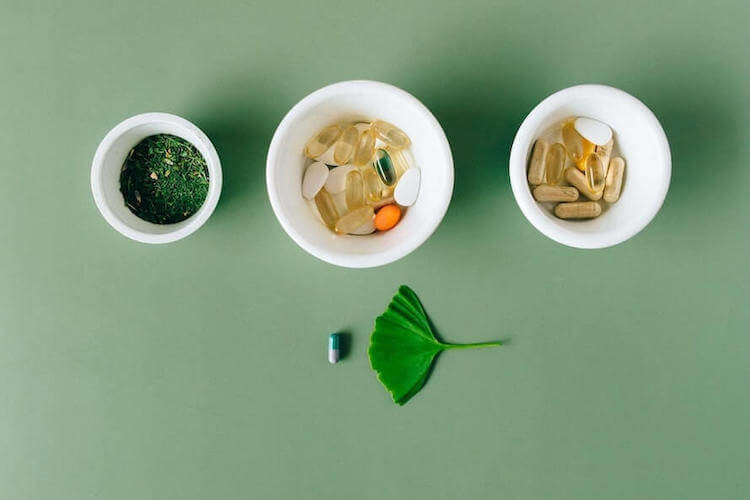
Travel aid kit
Let’s face it. A travel medicine kit isn’t many people’s priority when it comes to putting together that all-important packing list.
But it should be. You never know when you might come down with a cough or cold, have a bout of diarrhoea or take a tumble. There are many health problems that you could face you while traveling. It is therefore important to prepare your trip well by thinking of your travel medicine kit.
Here are some health essentials that we recommend you bring in your luggage. Even if it puts a bit of a strain on your weight, it's still useful.
Make sure you bring enough regular medications in your travel medicine kit. Take a little more than you need to deal with any possible loss. Carry them in their original boxes and / or identified with your name, with a copy of the prescription, and place them in your handbag or carry-on baggage.
Prescription drugs can be subject to scrutiny by foreign customs. Over-the-counter medicines that are readily available in your country of residence may be considered illegal in other countries, or may only be sold there with a prescription. So let's be careful, because they can arouse the suspicion of the authorities responsible for immigration and customs.

Whether you plan to travel to the depths of the Amazon or to an all-inclusive in Marrakech, always remember to have certain medicines on hand. Medicines that are very important in any travel medicine kit. These are mainly medicines for first aid or to relieve minor ailments. Don't let anything spoil your precious vacation.
A list of medications to consider:
Even if these drugs are supposed to be available everywhere, you would be surprised at the number of counterfeits in some countries but also at their price or unavailability.
Remember that time when the blister from your new shoes kept you from finishing your shopping or going for a nice walk with your sweetheart. If you had your first aid kit the experience would have been quite different.
What to put in your first aid kit:
In addition to your passport, remember to pack other important documents in your luggage, such as:
For any injury or illness that cannot be remedied by the contents of your travel medical kit, or that does not respond to self-treatment, you should seek professional medical attention.
Although carrying these basic items will help you to deal with the vast majority of ailments and accidents as a traveller, it is no substitute for comprehensive travel insurance.